DS Automobiles DS 3 vs Kia Niro – Which one offers the better deal?
Both models have their strengths – but which one suits you more?
Compare performance, efficiency, price and space directly: DS Automobiles DS 3 or Kia Niro?
Costs and Efficiency:
Price and efficiency are often the first things buyers look at. Here it becomes clear which model has the long-term edge – whether at the pump, the plug, or in purchase price.
DS Automobiles DS 3 has a hardly perceptible advantage in terms of price – it starts at 28400 £, while the Kia Niro costs 29100 £. That’s a price difference of around 686 £.
Fuel consumption also shows a difference: Kia Niro manages with 2.40 L and is therefore clearly more efficient than the DS Automobiles DS 3 with 5 L. The difference is about 2.60 L per 100 km.
As for range, the DS Automobiles DS 3 performs clearly better – achieving up to 400 km, about 338 km more than the Kia Niro.
Engine and Performance:
Under the bonnet, it becomes clear which model is tuned for sportiness and which one takes the lead when you hit the accelerator.
When it comes to engine power, the Kia Niro has a a bit edge – offering 180 HP compared to 156 HP. That’s roughly 24 HP more horsepower.
In acceleration from 0 to 100 km/h, the DS Automobiles DS 3 is minimal quicker – completing the sprint in 9.10 s, while the Kia Niro takes 9.90 s. That’s about 0.80 s faster.
In terms of top speed, the DS Automobiles DS 3 performs hardly perceptible better – reaching 196 km/h, while the Kia Niro tops out at 185 km/h. The difference is around 11 km/h.
There’s also a difference in torque: Kia Niro pulls barely noticeable stronger with 265 Nm compared to 260 Nm. That’s about 5 Nm difference.
Space and Everyday Use:
Cabin size, boot volume and payload all play a role in everyday practicality. Here, comfort and flexibility make the difference.
Both vehicles offer seating for 5 people.
In curb weight, DS Automobiles DS 3 is a bit lighter – 1249 kg compared to 1474 kg. The difference is around 225 kg.
In terms of boot space, the Kia Niro offers noticeable more room – 451 L compared to 350 L. That’s a difference of about 101 L.
In maximum load capacity, the Kia Niro performs clearly perceptible better – up to 1445 L, which is about 395 L more than the DS Automobiles DS 3.
Maximum payload is identical – both can carry up to 466 kg.
Who comes out on top?
Overall, the Kia Niro shows itself to be shows small but notable strengths and secures the title of DriveDuel Champion.
It convinces with the more balanced overall package and proves to be the more versatile choice for everyday use.
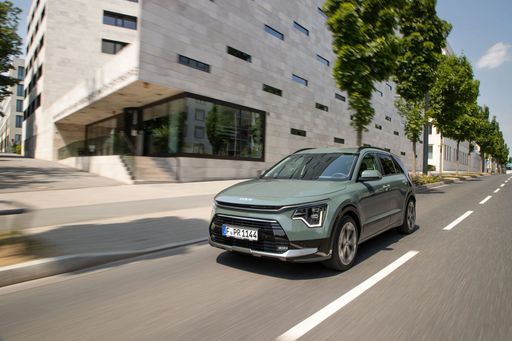
Kia Niro
DS Automobiles DS 3
The DS 3 stands out in the compact hatchback segment with its chic design and distinctive styling, making it a popular choice for those seeking a blend of elegance and individuality. Inside, the car boasts a premium interior that emphasizes comfort and cutting-edge technology, creating a delightful driving experience. With its agile handling and spirited performance, the DS 3 is not just about looks; it delivers on the road, ensuring a fun ride for enthusiasts and casual drivers alike.
details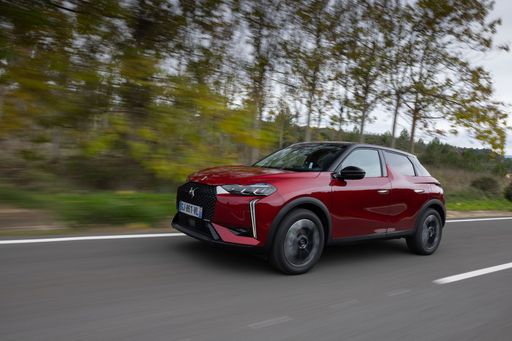 @ media.stellantis.com
@ media.stellantis.com
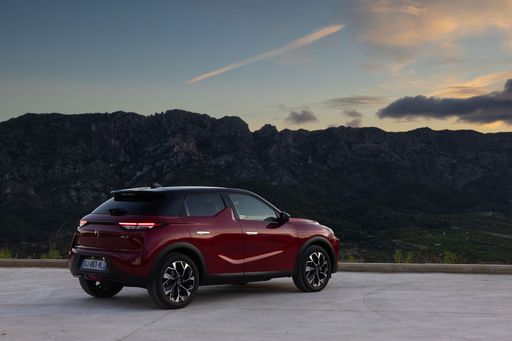 @ media.stellantis.com
@ media.stellantis.com
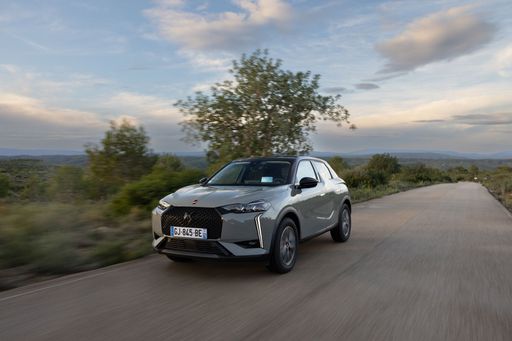 @ media.stellantis.com
@ media.stellantis.com
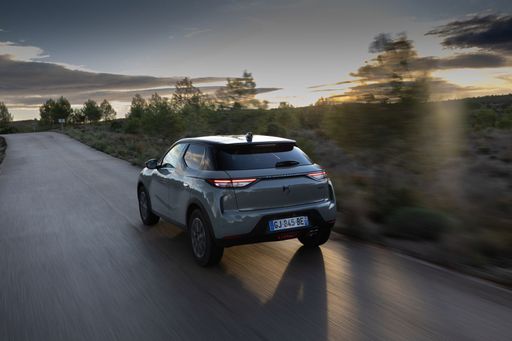 @ media.stellantis.com
@ media.stellantis.com
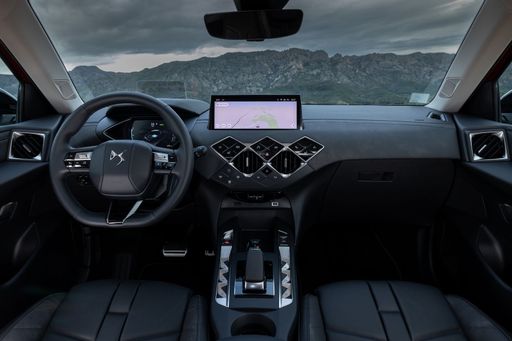 @ media.stellantis.com
@ media.stellantis.com
Kia Niro
The Kia Niro presents itself as a versatile and eco-friendly SUV, blending a stylish design with advanced hybrid technology. Its spacious interior offers comfort and practicality, making it ideal for both city driving and longer journeys. With a focus on efficiency and sustainability, the Niro is a compelling choice for environmentally conscious drivers.
details @ press.kia.com
@ press.kia.com
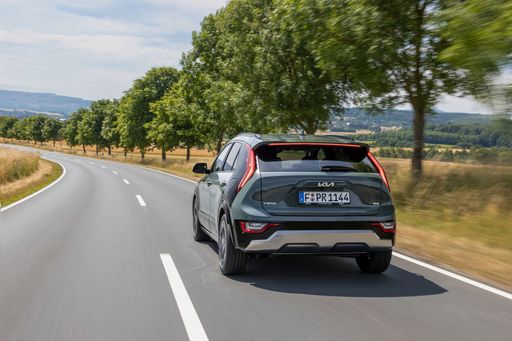 @ press.kia.com
@ press.kia.com
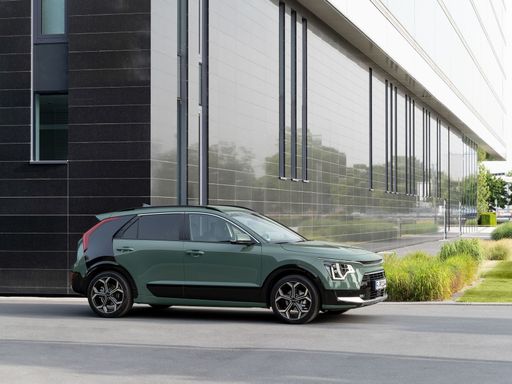 @ press.kia.com
@ press.kia.com
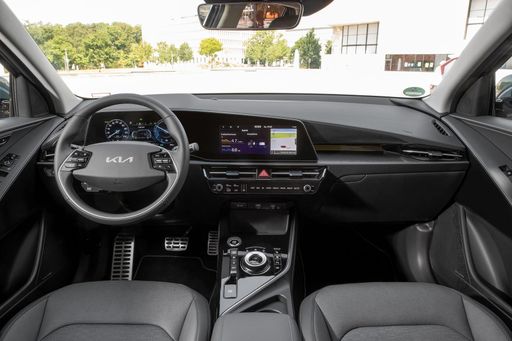 @ press.kia.com
@ press.kia.com
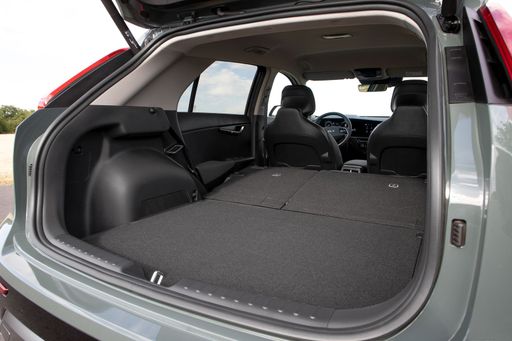 @ press.kia.com
@ press.kia.com

|

|
|
|
|
Costs and Consumption |
|
|---|---|
|
Price
28400 - 40500 £
|
Price
29100 - 38600 £
|
|
Consumption L/100km
5 L
|
Consumption L/100km
2.4 - 4.9 L
|
|
Consumption kWh/100km
15.50 kWh
|
Consumption kWh/100km
-
|
|
Electric Range
400 km
|
Electric Range
57 - 62 km
|
|
Battery Capacity
51 kWh
|
Battery Capacity
1.3 - 11.1 kWh
|
|
co2
0 - 112 g/km
|
co2
53 - 111 g/km
|
|
Fuel tank capacity
44 L
|
Fuel tank capacity
37 - 42 L
|
Dimensions and Body |
|
|---|---|
|
Body Type
SUV
|
Body Type
SUV
|
|
Seats
5
|
Seats
5
|
|
Doors
5
|
Doors
5
|
|
Curb weight
1249 - 1646 kg
|
Curb weight
1474 - 1594 kg
|
|
Trunk capacity
350 L
|
Trunk capacity
348 - 451 L
|
|
Length
4118 mm
|
Length
4420 mm
|
|
Width
1791 mm
|
Width
1825 mm
|
|
Height
1534 mm
|
Height
1545 mm
|
|
Max trunk capacity
1050 L
|
Max trunk capacity
1342 - 1445 L
|
|
Payload
362 - 466 kg
|
Payload
466 kg
|
Engine and Performance |
|
|---|---|
|
Engine Type
Electric, Petrol MHEV
|
Engine Type
Full Hybrid, Plugin Hybrid
|
|
Transmission
Automatic
|
Transmission
Automatic
|
|
Transmission Detail
Reduction Gearbox, Dual-Clutch Automatic
|
Transmission Detail
Dual-Clutch Automatic
|
|
Drive Type
Front-Wheel Drive
|
Drive Type
Front-Wheel Drive
|
|
Power HP
145 - 156 HP
|
Power HP
138 - 180 HP
|
|
Acceleration 0-100km/h
9.1 - 9.2 s
|
Acceleration 0-100km/h
9.9 - 11.4 s
|
|
Max Speed
150 - 196 km/h
|
Max Speed
170 - 185 km/h
|
|
Torque
230 - 260 Nm
|
Torque
265 Nm
|
|
Number of Cylinders
3
|
Number of Cylinders
4
|
|
Power kW
107 - 115 kW
|
Power kW
102 - 132 kW
|
|
Engine capacity
1199 cm3
|
Engine capacity
1580 cm3
|
General |
|
|---|---|
|
Model Year
2024 - 2025
|
Model Year
2025
|
|
CO2 Efficiency Class
A, C
|
CO2 Efficiency Class
C, B
|
|
Brand
DS Automobiles
|
Brand
Kia
|
What drive types are available for the DS Automobiles DS 3?
The DS Automobiles DS 3 is offered with Front-Wheel Drive.
The prices and data displayed are estimates based on German list prices and may vary by country. This information is not legally binding.
